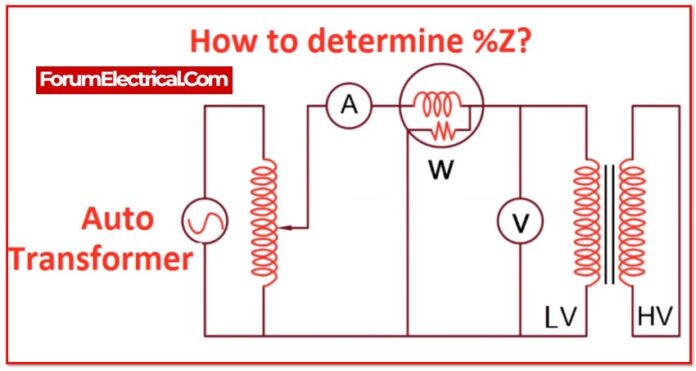There are a number of methods that are used to rate transformers.
The following are the two typical ratings for transformers:
1). KVA rating
2). Impedance rating
1). KVA rating
By multiplying the current by the voltage will give the KVA rating for the transformer. The end result is a rating that is expressed in VA, also known as volt amperes.
The VA rating is used for smaller transformers. The ratings are converted to either kilovolt amperes or megavolt amperes in accordance with the increase in size.
1KVA = 1,000VA (or) volt amperes
1MVA = 1,000,000VA
Transformers with ratings of 500 kVA or above are considered to be included under the category of power transformers. Transformers with a kVA rating of less than 500 are often referred to as distribution transformers.
2). Impedance Rating
The measure of overall resistance that a transformer provides to an AC (alternating current) is referred to as its impedance.
It is important to note that while considering the transformer impedance, must mention about its equivalent impedance. In order to ascertain the transformer equivalent impedance, one of the windings must be short circuited.
Typically, the low voltage winding is the one that must be short circuited. At the same time, a sufficient voltage must be provided to the other winding in order to generate full load current in the winding that has been short circuited. Impedance voltage is the term accorded to this particular voltage.
- Large power transformers &
- Distribution transformers
have another quality that is referred to as their impedance rating.
On the nameplate, the value of the transformer’s impedance is often expressed as percent that indicates is the voltage drop that is caused by the impedance is stated as a percentage of the rated voltage.
On the high voltage side, can also determine the real impedance value, which is expressed in ohms as follows:
Z = V/I
Where,
Z – impedance measured in ohms
V – impedance voltage drop
I – the full load rating of the current in the primary end of the transformer
Example:
The impedance rating of the 2400V/240V transformer, which is specified as 3%, and assume that it has a full load current of 90 amps.
The voltage dropped because of the impedance when the low voltage winding was accidentally shorted out, and the result was 72 volts.
This suggests that high voltage winding of the transformer will experience a decrease of 72 volts when subjected to full load as a result of losses that occur in both the windings & the core of the transformer.
The core is only responsible for around 1 or 2 percent of the losses, whereas the winding impedance is responsible for about 98 percent.
V = 72 V
I = 90 A,
Then,
Z= 72/90
Z = 0.8 ohm(Ω)












